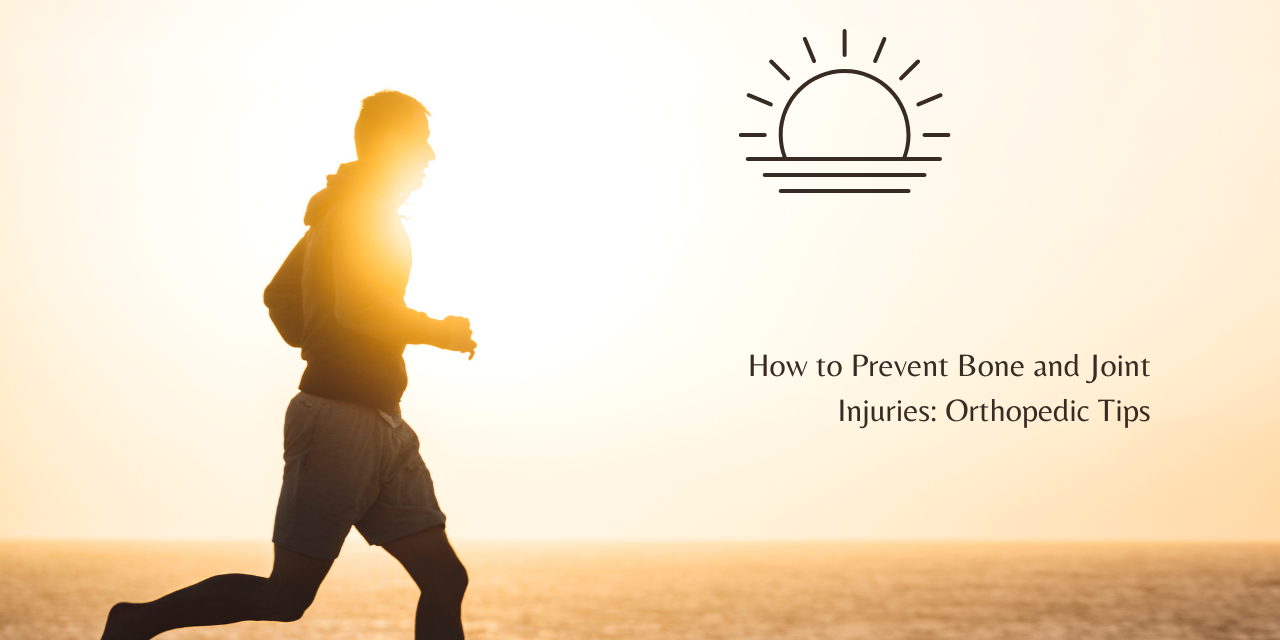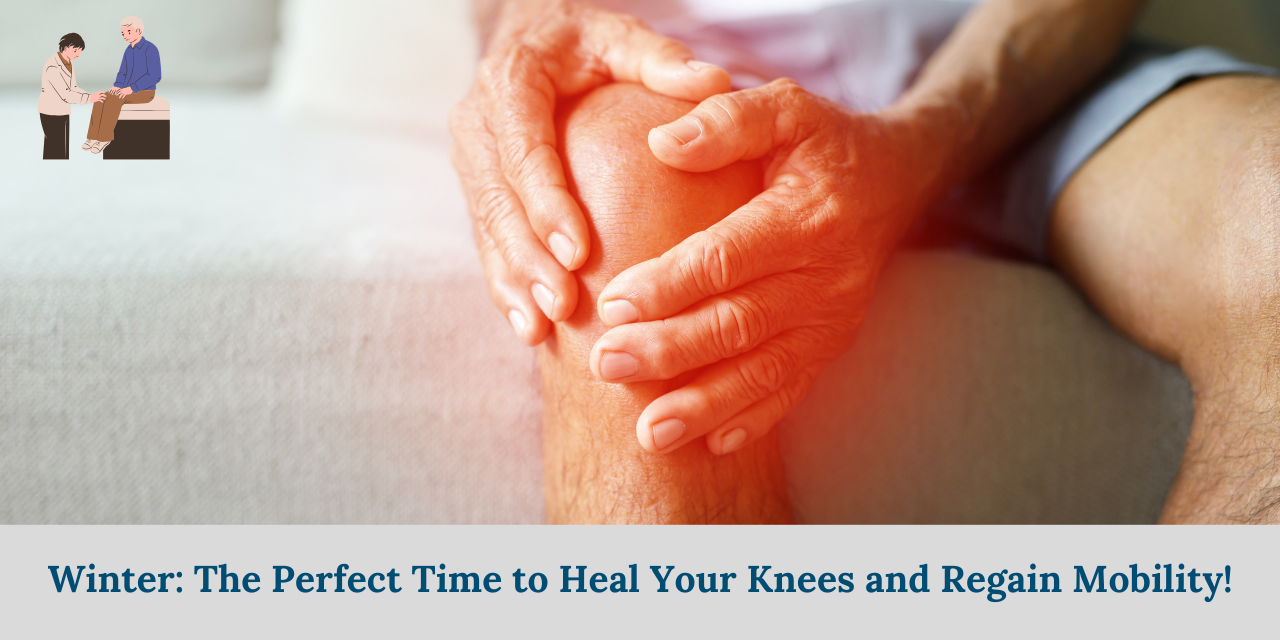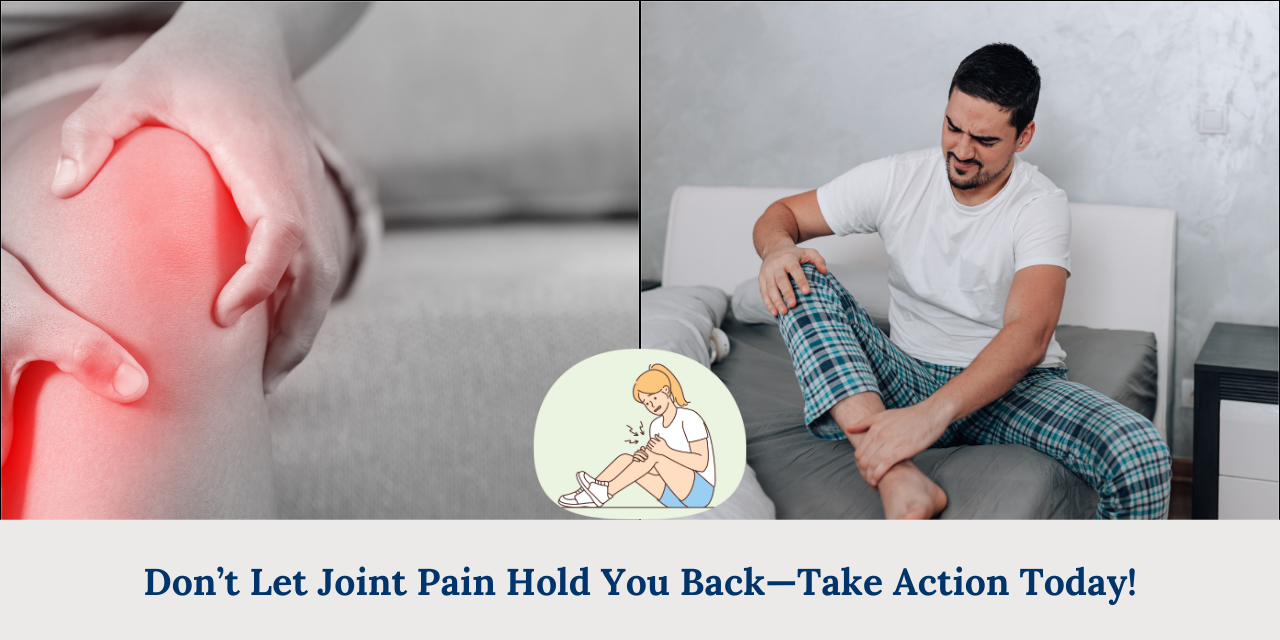Knee pain is a common issue affecting people of all ages. Whether it’s the result of an injury, a medical condition, or wear and tear over time, knee pain can significantly impact your quality of life. Understanding the causes, identifying the specific conditions associated with knee pain, and exploring various treatments are essential steps in managing this often debilitating issue.
Causes of Knee Pain
1. Injuries
Knee injuries are a leading cause of knee pain and can affect the bones, ligaments, tendons, or bursae (small fluid-filled sacs that cushion the knee joint). Common injuries include:
- Ligament Injuries: Tears or sprains in the knee ligaments, such as the anterior cruciate ligament (ACL), are common in sports.
- Meniscus Tears: The meniscus is cartilage that acts as a shock absorber between your thighbone and shinbone. It can tear from sudden twists or aging.
- Fractures: Broken bones in the knee can result from trauma, such as falls or accidents.
- Dislocations: The kneecap (patella) can move out of place, causing pain and instability.
2. Medical Conditions
Certain medical conditions can lead to knee pain, including:
- Arthritis: The most common types affecting the knee are osteoarthritis, rheumatoid arthritis, and gout. These conditions cause inflammation and deterioration of the joint.
- Infections: Septic arthritis is an infection within the knee joint, leading to pain, swelling, and fever.
- Patellar Tendinitis: Inflammation of the tendons connecting the kneecap to the shinbone, often due to overuse, is common among athletes.
3. Mechanical Problems
Mechanical issues within the knee joint can also lead to pain:
- Loose Body: Sometimes, an injury or degeneration can cause a piece of bone or cartilage to break off and float within the joint space, leading to pain.
- Iliotibial Band Syndrome: The iliotibial band runs from the hip to the knee. If it becomes tight, it can rub against the outer part of the knee, causing pain.
Common Conditions Associated with Knee Pain
1. Osteoarthritis
Osteoarthritis is a degenerative joint disease that occurs when the cartilage that cushions the ends of the bones in your knee deteriorates over time. This can result in pain, swelling, and reduced motion in the knee joint.
2. Rheumatoid Arthritis
Rheumatoid arthritis is an autoimmune condition that causes inflammation in the knee joint. This chronic condition can lead to pain, swelling, and joint damage.
3. Bursitis
Bursitis is the inflammation of the bursae. This condition can cause significant pain and restrict movement.
4. Tendinitis
Tendinitis is the inflammation of tendons around the knee, often resulting from overuse during activities like running or jumping.
Treatments for Knee Pain
1. Medications
- Pain Relievers: Over-the-counter pain medications like ibuprofen or acetaminophen can help reduce knee pain and inflammation.
- Corticosteroids: Injections of corticosteroids can reduce inflammation and pain in the knee joint.
- Disease-Modifying Antirheumatic Drugs (DMARDs): Used primarily for rheumatoid arthritis to slow disease progression.
2. Physical Therapy
Physical therapy can be highly effective in managing knee pain. A physical therapist can teach you exercises to strengthen the muscles around your knee, improving stability and flexibility.
3. Injections
- Hyaluronic Acid: Injections can provide cushioning and reduce pain in arthritic knees.
- Platelet-Rich Plasma (PRP): These injections use a concentration of your own blood platelets to promote healing in injured tendons, ligaments, muscles, and joints.
4. Surgery
In cases where conservative treatments fail, surgery might be necessary. Options include:
- Arthroscopic Surgery: A minimally invasive procedure to repair or remove damaged tissue.
- Partial Knee Replacement: Replacing only the most damaged portion of the knee.
- Total Knee Replacement: Replacing the entire knee joint with artificial components.
5. Lifestyle and Home Remedies
- Weight Management: Maintaining a healthy weight can reduce the stress on your knee joints.
- Exercise: Low-impact activities like swimming or cycling can strengthen the muscles around your knee without adding stress.
- R.I.C.E. Method: Rest, ice, compression, and elevation can help reduce pain and swelling from minor injuries.
Conclusion
Knee pain is a complex issue with a wide range of causes and conditions. Understanding the underlying reasons for your knee pain is crucial in determining the most effective treatment plan. Whether it’s through medications, physical therapy, injections, or surgery, there are numerous ways to manage and alleviate knee pain. Always consult with a healthcare professional to develop a treatment plan tailored to your specific needs. For expert advice and personalised care, you can contact Dr. Mukul Kaushal, an Ortho Surgeon in Zirakpur, at Trinity Hospital . Call +91-8288093620 to schedule an appointment and start your journey towards pain-free living.













